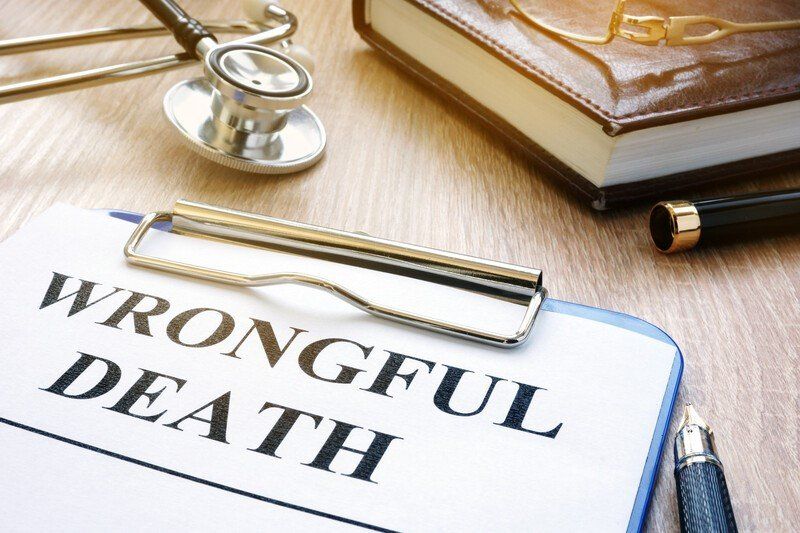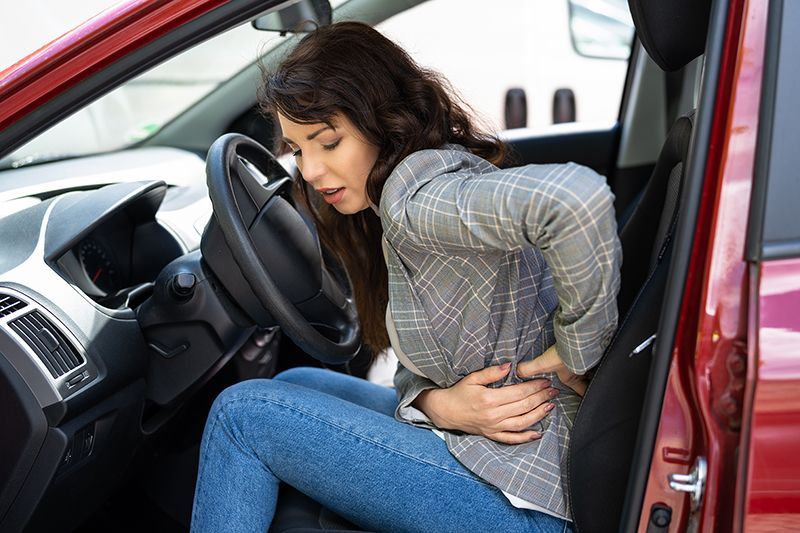BLOG
What Constitutes a Wrongful Death Lawsuit in Iowa and Nebraska?

The loss of a loved one is a tragic experience. However, when that loss was preventable and occurred due to someone else’s recklessness, negligence or general wrongdoing, the emotional devastation can be unbearable. Often, when the loss of a loved one is unexpected, family is left behind to pick up the pieces, creating undue emotional and financial hardship.
To help families recover from the devastation of their sudden loss, laws are in place to allow them to be awarded certain damages if it is determined that a wrongful death occurred. If you’ve recently suffered a loss, or are being charged in a wrongful death lawsuit, here are the basics of wrongful death cases and what to expect during the process.
How Is Wrongful Death Defined?
A wrongful death lawsuit may be filed when a victim has suffered loss of life due to the negligence, recklessness or intentional harmful act of another person. As an example, wrongful death lawsuits are often filed in response to medical malpractice, when a doctor failed to diagnose, provide appropriate care, or was negligent during a medical procedure.
Often people associate wrongful death lawsuits with unintentional deaths, however this isn’t always the case. If a victim was intentionally killed by another person, the defendant may be charged with homicide or murder, but the victim’s estate can file an additional wrongful death lawsuit against the accused.
In essence, the deceased’s estate my file a wrongful death lawsuit in any situation that would have qualified as a personal injury case had the person not had died as result of the actions or negligence of the other person or parties involved. The only real exception to this is when the death occurred due to a work-related accident or injury. In these situations, a wrongful death case is typically handled through the employer’s worker’s compensation
Who Can File a Wrongful Death Lawsuit?
A wrongful death lawsuit may be filed by the legal representative of the deceased person’s estate. Every state agrees that immediate surviving family members are eligible to file a wrongful death lawsuit, this would include spouses, a surviving parent, and in most cases an adult child of the deceased. In Iowa and Nebraska, more distant relatives such as aunts, uncles, grandparents or cousins are not specifically named as individuals who are entitled to file a wrongful death lawsuit unless they’ve been named as the legal representative of the estate or can prove financial dependence on the deceased.
What Is Recovered in a Wrongful Death Lawsuit?
Wrongful death lawsuits are intended to assist the survivors in their financial and emotional recovery after the sudden, unexpected loss of a loved one. Damages that may be recovered in a wrongful death lawsuit include medical costs, funeral and burial costs, loss of the deceased person’s income, compensation for the deceased person’s pain and suffering prior to death, compensation for the value of services provided by the deceased, loss of companionship and consortium, and more.
Contact a Siouxland Attorney to Discuss Your Case
If you have questions about a wrongful death lawsuit, Fitch & Stahle Law Office is here to help. If you would like to know more about wrongful death claims or are in need of legal representation, contact Fitch & Stahle Law Office for a one on one consultation today.

